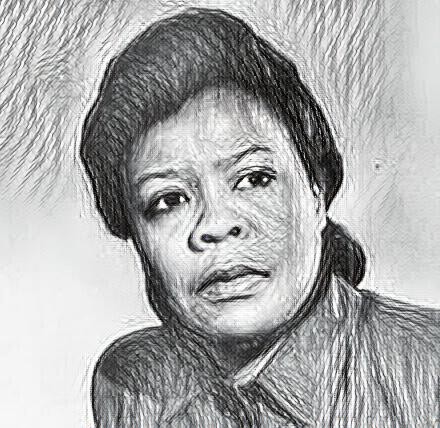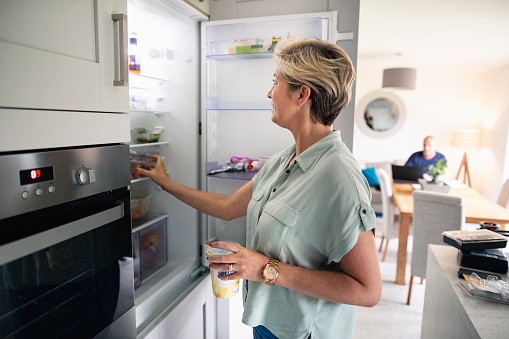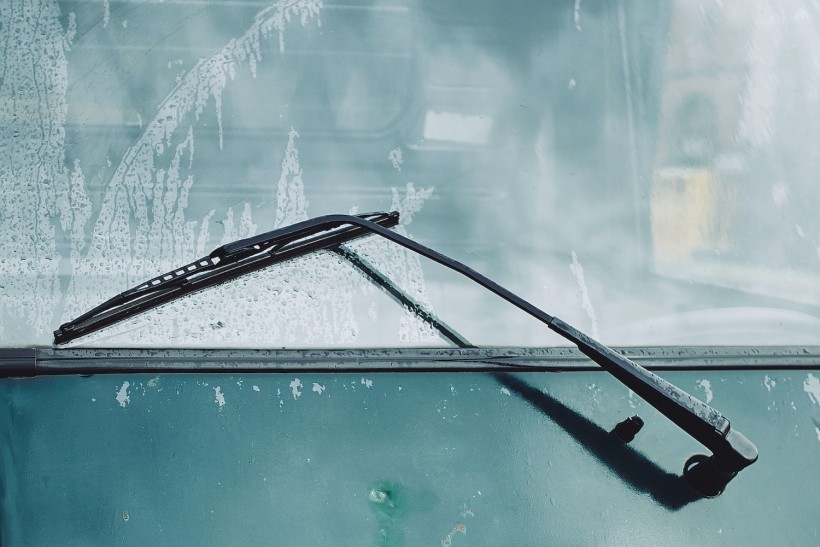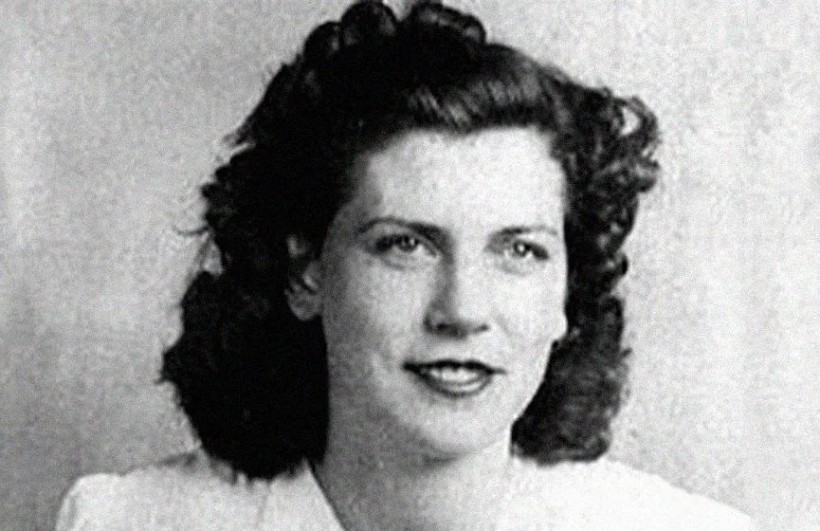Humanity has gone a long way since its humble beginnings. While it's true that many men had invented things that we take for granted today, many of what we use will not be posisble with the input of women, changing the course of humanity forever.
Without these women's inventions, many lives would have been lost in ship sinkings, and people wouldn't see where they're going during rainstorms while driving. Even worse, we be defenseless in protecting our homes, families, and businesses from criminals.
Here are the women that prevented these horrible things from happening ever again:
Margaret E. Knight

Margaret E. Knight, was the 19th century's most famous woman inventor, per A Mighty Girl. Born in York, Maine, on Feb. 14, 1838, she demonstrated a knack for tools and invention since her formative years, according to the Encyclopaedia Britannica.
She was such a talented girl that she made a safety device for controlling shuttles in powered textile looms during her pre-pubescent years.
However, she became known for single-handedly inventing the machine that would create the world's first flat-bottomed paper bag at 30 years old - an idea so popular, a man tried to steal the idea behind it and patented it himself.
During the trial that would settle who deserves the patent more, the gentleman thief exclaimed that a woman "couldn't possibly understand the mechanical complexities" of the machine she built, until she proved she designed the machine.
Marie Van Brittan Brown

Marie Van Brittan Brown was born in Queens, New York on Oct. 22, 1922, and lived there until her death on Feb. 2, 1999, per Black Past. She worked as a nurse, while her husband, Albert Brown, worked as an electrics technician, and as such, he was mostly away from home during a time when crimes were rampant in New York.
To protect herself, Mres. Brown invented the first closed-circuit television (CCTV), in which she used four peepholes, a sliding camera, television monitors, and two-way microphones to talk to people from the other side of her home and capture their images regardless of their height, per Massachusetts Institute of Technology.
Her invention was recognized in New York, and she received a reward from the National Scientists Committee for it.
Read More: The US CHIPS and Science Act Chip-Making Funding Opportunity has Started
Florence Papart

Not much is known about Florence Paprt apart from what can be gleaned from census records and US patent information, per Women's Suite. However, her inventions, particularly the refrigerator, speak for her ingenuity and intelligence.
At the time, people still use 19th-century technology to refrigerate food and preserve it. Back then, people used an iced box, a non-mechanical refrigerator, to do just that. However, the ice that kept the device's cool air cool only lasts a certain period.
Papart then invented the modern electric refrigerator and ushered humanity into the modern world and out of the 19th century, providing people with a more reliable way to
to keep food fresh and edible for extended periods and drinks cool and drinkable, since both can expire much sooner if not stored in it,
Mary Anderson

Mary Anderson, much like Papart, didn't leave much information about her, but her invention tells much about her quick thinking and ingenuity.
According to Lemelson Massachusetts Institute of Technology, Anderson saw the difficulty her taxi driver is going through to remove the snow from the car's windshield - he had to drive with both windows open and even get out of the car to wipe down the accumulated snow and ice.
Though the whole ordeal prevented Anderson from seeing the sights of the Big City in 1903, it did inspire her to invent the first windshield to help drivers see where they were going during wintery days.
In modern times, the humble windshield wiper wipes more than just snow. Whether it's dead insects on our windshield, bird poop, or just regular rainwater, Anderson's invention helps wash away anything that could obscure drivers' sight on the road.
Maria Beasley

Last but definitely not least is Maria Beasley, A Pennsylvanian by birth in 1836 to a wealthy family, per the Iowa State University. During her time, she was known as an "engineering dynamo" and for good reason: she secured 15 patents from the late 1870s to the late 1890s ranging from foot warmers to one of the most important devices in the maritime industry: the life raft.
According to One.org, Beasley decided that enough people have died due to inadequate lifeboats that were not effective enough to help in life-threatening emergencies. To remedy this, she patented designs for improvements to the life raft in 1882 that could fit 47 people and took up less space than a traditional wooden lifeboat, per St. Mary's College.
Thanks to her invention, many people aboard the RMS Titanic were saved when she sank on her maiden voyage in 1912; four of Beasley's collapsible life rafts were on the Titanic on that fateful night.
Related Article: 7 Movies That Celebrate Women in STEM













